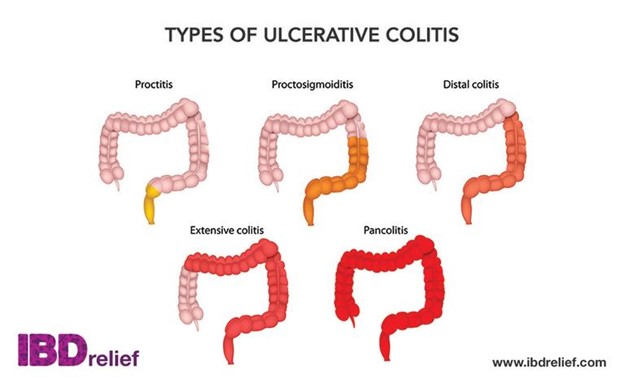Which goal for the client's care should take priority when caring for a client admitted due to exacerbation of ulcerative colitis?
Managing diarrhea
Promoting rest and comfort
Increasing self-esteem
Promoting self-care and independence
The Correct Answer is A
Choice A Reason: Managing diarrhea is the priority goal for the client's care, as it helps to prevent dehydration, electrolyte imbalance, malnutrition, and infection.
Choice B Reason: Promoting rest and comfort is an important goal for the client's care, but it is not the priority, as it does not address the underlying cause of the exacerbation.
Choice C Reason: Increasing self-esteem is a long-term goal for the client's care, but it is not the priority, as it does not affect the physical condition of the client.
Choice D Reason: Promoting self-care and independence is a long-term goal for the client's care, but it is not the priority, as it does not affect the acute symptoms of the exacerbation.

Nursing Test Bank
Naxlex Comprehensive Predictor Exams
Related Questions
Correct Answer is C
Explanation
Choice A Reason: Encouraging deep-breathing exercises is not the most appropriate nursing intervention, as it may not reduce fatigue and may increase respiratory effort.
Choice B Reason: Providing a relaxing warm bath is not the most appropriate nursing intervention, as it may worsen fatigue and increase the risk of heat intolerance and dehydration.
Choice C Reason: Scheduling periods of rest in between activities is the most appropriate nursing intervention, as it helps to conserve energy, prevent exhaustion, and promote recovery.
Choice D Reason: Administering multivitamins is not the most appropriate nursing intervention, as it may not improve fatigue and may cause adverse effects or interactions with other medications.

Correct Answer is D
Explanation
Choice A Reason: Administering antispasmodic medications is not the first action that the nurse should perform, as it may not resolve the problem of urinary output or irrigation flow.
Choice B Reason: Notifying the provider is not the first action that the nurse should perform, as it may delay the intervention and worsen the outcome.
Choice C Reason: Offering oral fluids is not the first action that the nurse should perform, as it may increase fluid overload or bladder pressure.
Choice D Reason: Determining the patency of the tubing is the first action that the nurse should perform, as it may identify and correct any obstruction or kinking that prevents urinary output or irrigation flow.
Whether you are a student looking to ace your exams or a practicing nurse seeking to enhance your expertise , our nursing education contents will empower you with the confidence and competence to make a difference in the lives of patients and become a respected leader in the healthcare field.
Visit Naxlex, invest in your future and unlock endless possibilities with our unparalleled nursing education contents today
Report Wrong Answer on the Current Question
Do you disagree with the answer? If yes, what is your expected answer? Explain.
Kindly be descriptive with the issue you are facing.
